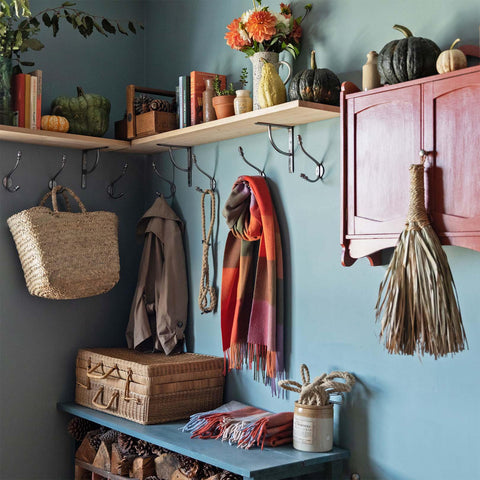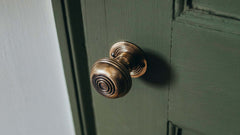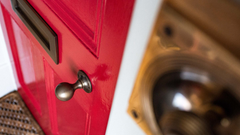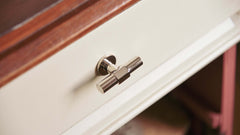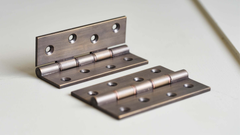How To Design & Style Your Perfect Boot Room
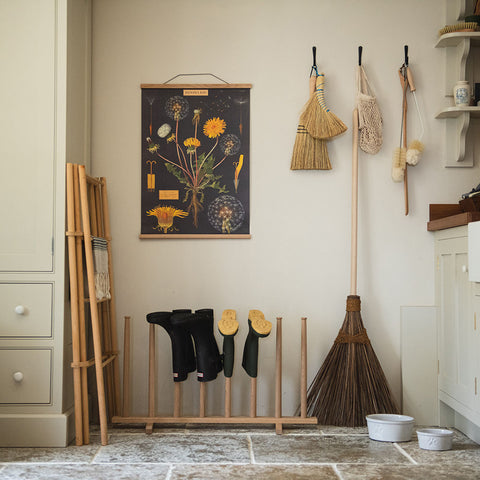
As longer evenings bring more time indoors, perhaps you’re thinking about how redesigning your space can improve the flow of your household. With a season of winter walks and wet weather ahead, the humble but mighty boot room is a great place to start. Below we’ll explain what a boot room is (and why you might need one), and outline design and styling tips that will be helpful if you’re designing a new boot room in your home or repurposing an existing space for more functionality and flair.
Remember, you don’t need to have a large room to feature this handy space – boot rooms can be incorporated into porches, hallways, and even cupboards.
WHAT IS A BOOT ROOM?
Traditionally found at the back of country homes, a boot room acts a buffer between the outdoor elements and the cosy interior of your home – a space to rinse off muddy boots, drop soggy coats, and towel off wet pets before
traipsing through a clean house. This also functions as a useful storage space, especially for items that are often taken in and out of the house, such as dog leads, sports equipment, and winter wear.
By keeping this clutter out of the rest of the house, not only will everything you need be close to hand on your way out, but you’ll also find it easier to keep other rooms in order, helping the household run smoothly.
DESIGNING A NEW BOOT ROOM
When designing a boot room from scratch, the first thing to consider is who will be using the space (and what for), and you can then incorporate necessary features into the design. This might include a sink large enough to wash furry friends in, or with a tall tap for filling flower vases.
To keep your boot room looking neat and organised, the right storage is key, so make a list of everything you intend to keep in the space and figure out what storage solutions you’ll need, and then build outwards from that.
Consider a mix of open and closed storage. Open storage is great for everyday coats and dog leads that are reached for often, whereas closed storage keeps lesser-used items (such as sports equipment, or winter coats during summer
months) out of sight and out of mind. While bespoke cabinets are more costly, they can be made to fit the space perfectly and ensure that every inch is maximised.
Think about the flow of the room when designing the layout – a bench right next to the front door will encourage guests and family members to remove mucky shoes without delay, while hooks close to hand mean wet coats won’t be dumped on surfaces or the floor.
REWORKING AN EXISTING SPACE

If the layout of your space is already in place (perhaps you’re giving an existing porch or utility room a boot room makeover), there are plenty of things you can do to improve functionality and make the room fit for purpose, without calling out a carpenter.
Start by re-painting walls with a Class 1 washable paint so that splash marks and
splatters can easily be wiped clean. Choosing dark, strong colours will mean mud and dirt are less visible, but don’t think this means you have to stick to greys and blues. Why not use this informal room of the house to experiment with deep jewel tones like purples, reds or rich shades of green.
For even more durability, consider adding panelling to the lower half of the walls this will offer further protection against scuffs and can add a lovely design element to the room as well.
If you have a bench in your boot room, blend practicality and style by upholstering cushions in durable, washable fabric. Experiment with a bold print for a playful energy, or evoke a traditional country house with a tartan or check.
REPURPOSING A CUPBOARD OR HALLWAY
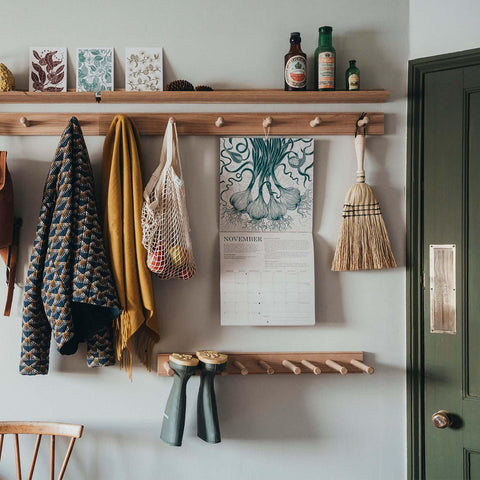
If you don’t have a dedicated space, but you’re allocating a corner of your home as a boot area, the tips above (like considering the flow of the space, storage, and durability of paint and fabrics) can still work for you.
Adding hooks and shelving is a great way to maximise the practicality of even the smallest space, like an under-the-stairs or hallway cupboard. Floating shelves are a smart addition for hallways, or spruce up simple shelves with a statement bracket design.
If you can fit a bench into your hallway, opt for one with storage underneath. When fitting hooks, remember to leave plenty of space between them to allow for bulky coats. If possible, we recommend fitting hooks and peg rails over a radiator, as the rising heat will help to dry damp clothes. If you’re creating your boot room space in a cupboard, consider adding a vent to allow for good ventilation.
BOOT ROOM ESSENTIALS
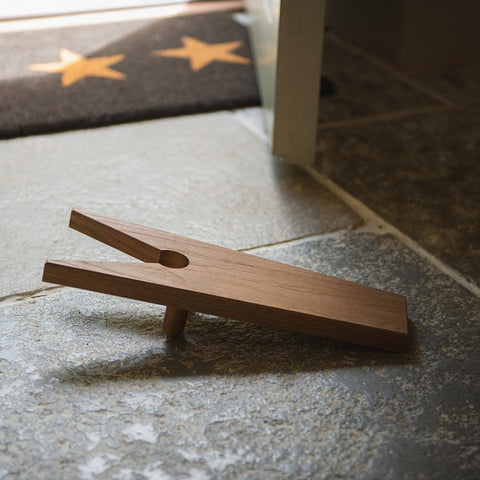

When it comes to kitting out your boot room, you don’t have to sacrifice style in the name of practicality. We’ve selected our favourite boot room accessories below that will make your space extra useful, while doubling up as beautiful design pieces:
Boot Jacks in rustic oak or industrial steel help keep hands clean while pulling off muddy wellies.
Welly Boot Racks & Stands will keep boots neatly to hand and avoid trip hazards (and keep boots free of creepy-crawlies if your boot room has an external door).
Keep a dust pan and brush close to hand to keep floors clean – we love a long handled one like this design that doesn’t require constant bending over!
And of course, a large, durable doormat like our coir doormats will act as an initial buffer for outdoor debris.
For further style inspiration, why not browse our Boot Room collection here.
